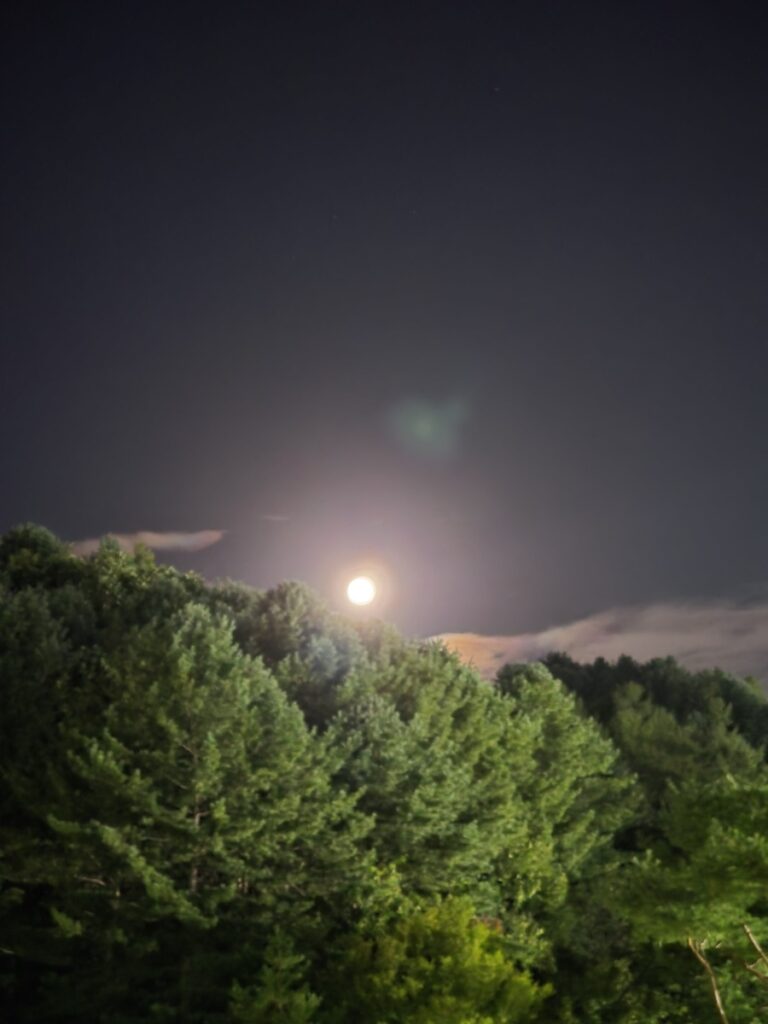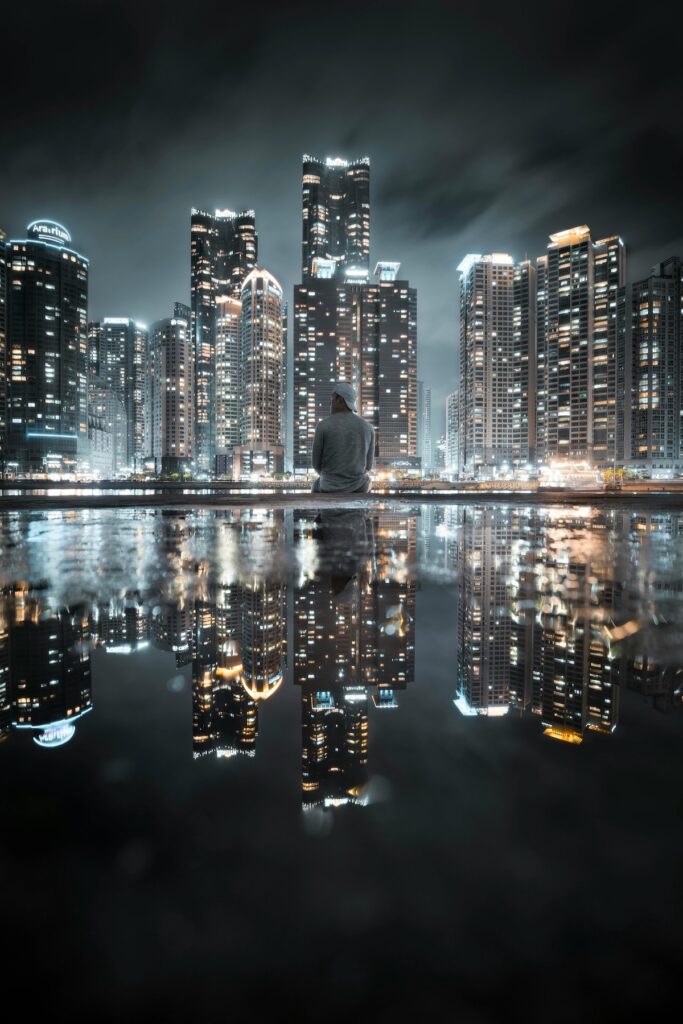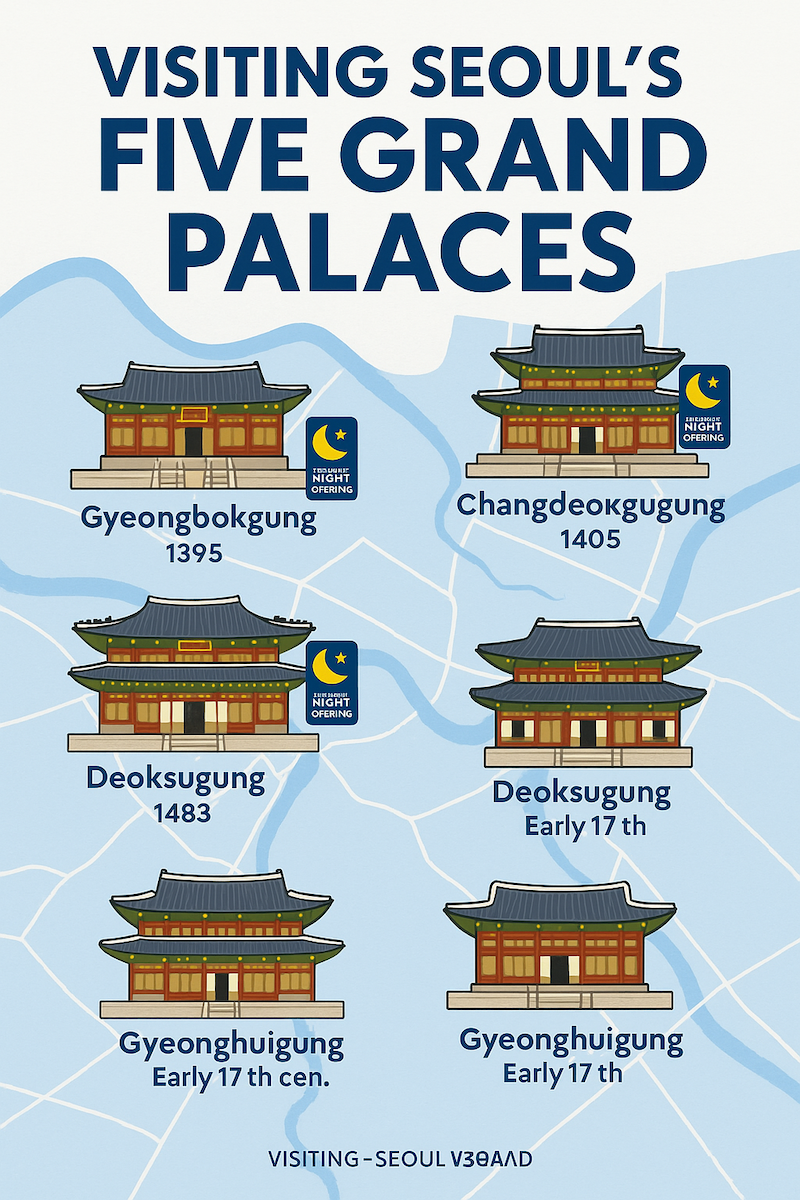Introduction: Escaping the Heat the Korean Way
When summer hits Korea, the heat can be intense. Seoul, despite its modern skyline and efficient subway system, turns into a humid basin with little wind relief. Many foreigners visiting during this season think first about heading to Haeundae Beach in Busan or Jeju Island. But Koreans in the capital region have another tradition: they go to valleys (계곡, gyegok).
A valley in Korea is not just a stream of water between mountains—it is a cultural hub. Families grill pork belly on portable stoves, children splash in shallow streams, couples dip their feet in icy water, and elders drink makgeolli under the trees. The valley is part picnic, part playground, and part cooling escape.
For travelers, valleys near Seoul are hidden treasures. They are accessible within 1–2 hours from the city, making them perfect for day trips. They also reveal a unique side of Korean leisure culture that you won’t see in guidebooks focusing only on palaces and K-pop.
The Culture of Korean Valleys
1. Eating in Nature
Korean valleys are full of food culture. It is common to see low tables set up in the water itself, where people eat spicy chicken stew (dakdoritang), cold buckwheat noodles (makguksu), or grilled pork belly (samgyeopsal). The sensation of dipping your feet in freezing water while eating hot stew is unforgettable.
2. Tents and Day-Long Stays
Unlike quick dips in Western swimming holes, Koreans often spend the entire day at the valley. Families set up tents, parasols, or picnic mats early in the morning to secure the best shaded spots. Some even bring gas stoves, coolers, and camping chairs to recreate home comfort by the water.
3. Alcohol and Socializing
Makgeolli (rice wine) and soju are common valley drinks, paired with pancakes (pajeon) or fried snacks. While in many countries drinking in public nature spots might be frowned upon, in Korea, it is part of the valley experience—though leaving trash behind is strongly discouraged.
4. Communal Vibe
Expect noise, laughter, and the smell of grilled meat. Valleys are not always quiet meditative escapes; they are lively, communal, and often crowded during summer weekends. This vibrancy itself is part of Korean summer culture.
Top Valleys Near Seoul
1. Yongmunsan Valley (용문산 계곡, Yangpyeong)
- How to Get There: Take the ITX train from Cheongnyangni Station to Yongmun Station (about 1 hour). From there, shuttle buses run by local restaurants take visitors up to the valley area.
- Highlights: Yongmunsan is famous for its 1,100-year-old gingko tree, Yongmunsa Temple, and crystal-clear streams.
- Dining System: Many restaurants near the valley operate shuttle buses. The “catch” is that you are expected to dine at their restaurant, usually enjoying hearty dakdoritang (spicy chicken stew) or baeksuk (ginseng chicken soup). This is not a tourist trap—it’s actually a practical and delicious part of the valley culture.
- Atmosphere: Families with children dominate, and the water is shallow and safe.

2. Yumyeongsan Valley (유명산 계곡, Gapyeong/Yangpyeong border)
- Why Famous: Yumyeongsan is part of a national recreational forest, making it one of the most popular valleys in the capital region.
- Facilities: Pensions, campsites, and cabins line the valley. In summer, it can feel like a festival with groups setting up for entire weekends.
- Nature: Wide streams with cooler, faster-flowing water than smaller valleys.
- Unique Experience: At night, the valley becomes serene. If you stay overnight, you may hear frogs (like the Korean tree frog) and even see the moon reflecting in the water—an unforgettable scene.
3. Gapyeong Valleys (가평 계곡)
Gapyeong is famous not just for valleys, but also for attractions like Nami Island, Petite France, and Garden of Morning Calm. Many foreign travelers combine a cultural visit with a dip in a valley.
- Popular Valleys: Jatbong Valley, Myeongjisan Valley, and Ewhawon area.
- Style: More commercialized, with pensions and cafés built close to the streams.
- Why Visit: Perfect if you want a balanced day—cultural sightseeing + cooling in nature.
4. Cheongpyeong Valley (청평 계곡)
- Special Feature: Located near Cheongpyeong Lake, where you can also enjoy water sports like kayaking, jet skiing, and banana boats.
- Best For: Young travelers who want adventure + relaxation in one trip.
- Accessibility: Subway Line Gyeongchun connects directly from Seoul.
5. Pocheon Baegun Valley (포천 백운계곡)
- Highlights: Known as one of the cleanest and most scenic valleys near Seoul. Surrounded by Baegunsan Mountain, the valley water is cold even in August.
- Food Culture: Try pajeon with makgeolli, the classic rainy-day valley pairing. Nearby, traditional Korean restaurants serve buckwheat noodles and mountain vegetables.
- Best Time: Less crowded than Gapyeong or Yumyeongsan, perfect for those who prefer a quieter experience.
6. Namhansan Valley (남한산 계곡)
- Cultural Value: Located near Namhansanseong Fortress, a UNESCO World Heritage Site.
- Travel Tip: You can hike the fortress walls in the morning, then cool down in the streams below.
- Special Scene: The streams are smaller and quieter than Yumyeongsan, making them ideal for couples or solo travelers looking for peaceful escapes.
Seasonal Experiences
- Spring: Valleys are quieter, with cherry blossoms and green shoots. Not warm enough to swim, but perfect for hiking + picnic.
- Summer: Peak season. Water play, BBQ, and social gatherings dominate. Expect crowds but also the liveliest atmosphere.
- Autumn: Maple leaves reflect in the streams, making it the most beautiful season visually. Food stalls often sell roasted chestnuts and sweet potatoes.
- Winter: Many valleys freeze, creating icy landscapes. Some areas allow winter hiking and snow-covered stream views.
Practical Travel Tips for Foreigners
- Transport: Use ITX trains to Gapyeong/Yongmun, then local buses or restaurant shuttles. Renting a car is also common.
- Costs: Some valleys charge small parking or entrance fees (₩2,000–₩5,000).
- Food Rules: Many valley-side restaurants do not allow outside food. Renting a table by the water usually requires ordering food from them.
- Language Tip:
- “계곡 근처 자리 있나요?” → Do you have seats by the stream?
- “셔틀버스 있나요?” → Do you have a shuttle bus?
- Safety: Streams can be slippery—bring water shoes.
- Timing: Weekdays are quieter; weekends are often crowded.
Comparison: Valleys in Korea vs Other Countries
- United States: River swimming holes exist, but not with full-service restaurants inside the water.
- Japan: Some riverside picnics resemble Korean valleys, but commercial infrastructure is smaller.
- Europe: Valleys are usually for hiking, not eating and drinking.
👉 Korea’s valleys are unique because they combine nature + food + community in one space.
Why You Should Visit a Valley Near Seoul
For foreigners, a valley trip is not just about escaping heat—it’s about experiencing Korean summer culture.
- It’s where you see how locals relax.
- It’s where food, laughter, and nature meet.
- It’s an experience you can’t replicate at palaces, shopping districts, or beaches.
If you only have one day outside Seoul in the summer, skip the malls and head to a valley. You’ll come back not just refreshed, but also with a deeper understanding of Korean lifestyle.

